Anatomy of the Upper Limb- The Humerus Bone
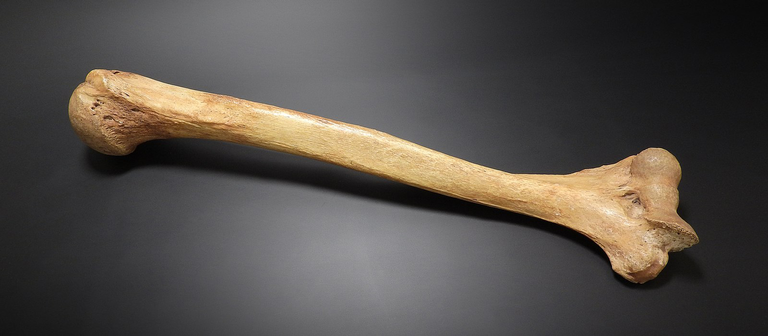
The humerus is quite the remarkable bone, serving as a central pillar in the intricate architecture of our upper limbs. It's not just any bone; it's the longest one in the arm, connecting shoulder to elbow, and it plays a pivotal role in our ability to move, lift, and interact with the world around us.
Knowing the anatomy of the humerus is important , not only for medical professionals but for anyone interested in how our bodies function. It's a bridge between various muscles and joints, enabling a symphony of movements from the grand to the minutely precise. So, when we delve into the humerus, we're not just learning about a bone; we're acknowledging the secrets to our dexterity and strength.
General Description of the Humerus Bone
The humerus is the longest and largest bone in the upper limb, serving as a critical connection between the shoulder girdle and the elbow joint. It's a long bone, characterized by its elongated shape and a central shaft flanked by two ends, which are involved in joints and muscle attachments.
Classification of the Humerus into Regions
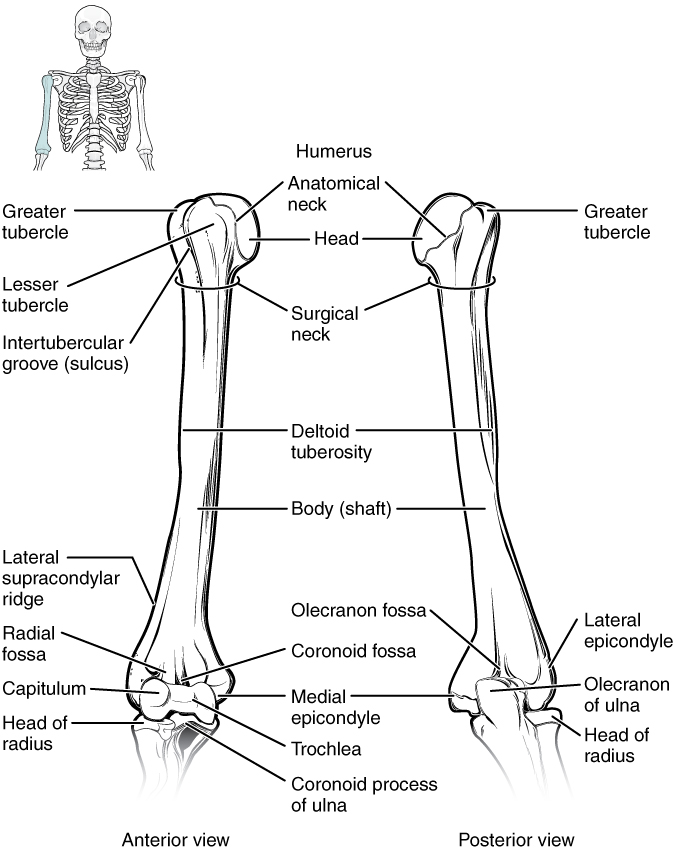
The humerus can be divided into three main regions:
Proximal Region: This is the uppermost part of the humerus, closest to the shoulder. It includes the head of the humerus, which is a rounded, ball-like structure that fits into the glenoid cavity of the scapula, forming the shoulder joint.
Shaft: The long, central part of the humerus is known as the shaft. It's cylindrical and slightly curved to align with the shape of the arm. The shaft has three borders and three surfaces, providing ample area for muscle attachment.
- Distal Region: The lower end of the humerus, which is near the elbow joint. It features two main articulating parts, the trochlea and the capitulum, which connect with the ulna and radius bones of the forearm, respectively.
Articulations with Adjacent Bones
The humerus articulates with two main sets of bones:
- Shoulder Girdle: Proximally, the humerus forms the glenohumeral joint with the scapula. The head of the humerus fits into the glenoid cavity, allowing for the wide range of shoulder movements.
- Elbow Joint: Distally, the humerus connects with the radius and ulna at the elbow joint. This joint is responsible for the hinge-like movements of flexion and extension, as well as the rotational movements of pronation and supination
Proximal Humerus: Anatomical Significance and Function
The proximal humerus is a key component of the shoulder complex, providing both mobility and stability to the upper limb. It consists of several important structures, each with its own unique role.
Head of the Humerus

The head of the humerus is a hemispherical structure that forms the ball part of the ball-and-socket shoulder joint. It is covered with hyaline cartilage, which facilitates smooth movement against the glenoid cavity. The head of the humerus is crucial for shoulder mobility, allowing for a wide range of motion.
Articulation with the Glenoid Cavity of the Scapula
This articulation is known as the glenohumeral joint, which is a synovial ball-and-socket joint providing the shoulder with its extensive range of motion. The head of the humerus fits into the glenoid cavity of the scapula, and this joint is stabilized further by the surrounding muscles, ligaments, and the labrum—a fibrocartilaginous rim that deepens the cavity.
Attachment Sites for Muscles and Ligaments
The greater and lesser tubercles serve as the attachment sites for the rotator cuff muscles. The greater tubercle, located laterally, provides attachment for the supraspinatus, infraspinatus, and teres minor muscles. The lesser tubercle, found on the anterior aspect, is the attachment site for the subscapularis muscle.
Role in Shoulder Joint Stability
These tubercles are integral to the stability of the shoulder joint. The rotator cuff muscles, which attach to these tubercles, play a vital role in stabilizing the glenohumeral joint by compressing the humeral head against the glenoid, thus maintaining the humeral head within the joint during various movements.
The shaft of the humerus, also known as the diaphysis, is the long, central part of the bone that extends from the proximal to the distal ends. Here's an educative overview of its features, functions, and blood supply:
Anatomical Features of the Shaft
The shaft of the humerus is cylindrical in the upper half and transitions to a more triangular shape in the lower half. It has three borders—anterolateral, medial, and lateral—and three surfaces—anteromedial, anterolateral, and posterior. These features are essential for the attachment of muscles and the distribution of forces during movement.
Muscular Attachments and Function
The humerus shaft serves as an attachment point for various muscles that facilitate movement and support of the upper limb. Key muscles include:
- Deltoid: Attaches along the deltoid tuberosity and functions in arm abduction.
- Brachialis: Attaches to the distal half of the anterior surface and is a primary flexor of the forearm at the elbow.
- Triceps Brachii: The lateral and medial heads attach to the posterior surface and function in forearm extension at the elbow.
- Biceps Brachii: The short head attaches at the coracoid process, and the long head runs in the intertubercular sulcus, both aiding in forearm flexion and supination.
Distal Humerus
The distal humerus is the lower end of the humerus bone, which plays a role in the elbow joint's structure and function. Let's explore its anatomy and significance.
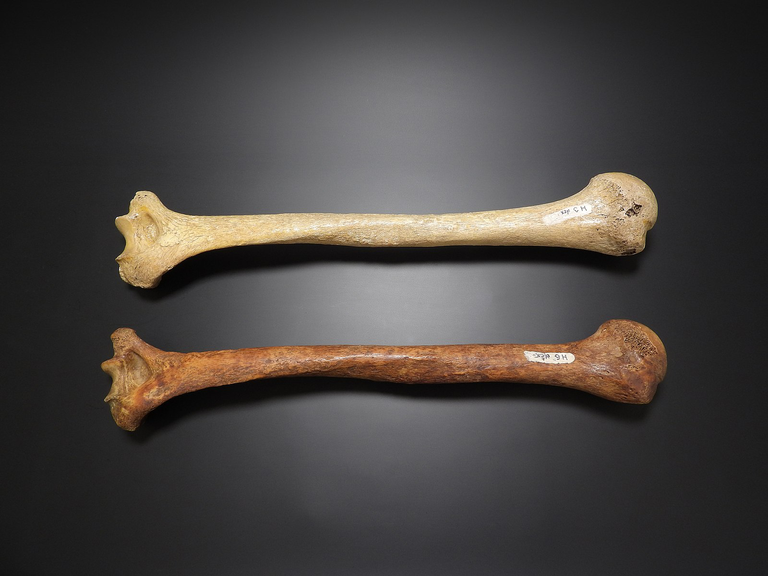
Attachments for Muscles and Ligaments
The medial and lateral epicondyles are prominent bony projections on the distal humerus. The medial epicondyle serves as the attachment site for the forearm's flexor muscles, while the lateral epicondyle provides attachment for the extensor muscles. Ligaments such as the ulnar collateral ligament also attach to the medial epicondyle, contributing to the joint's stability.
Role in Elbow Joint Movement and Stability
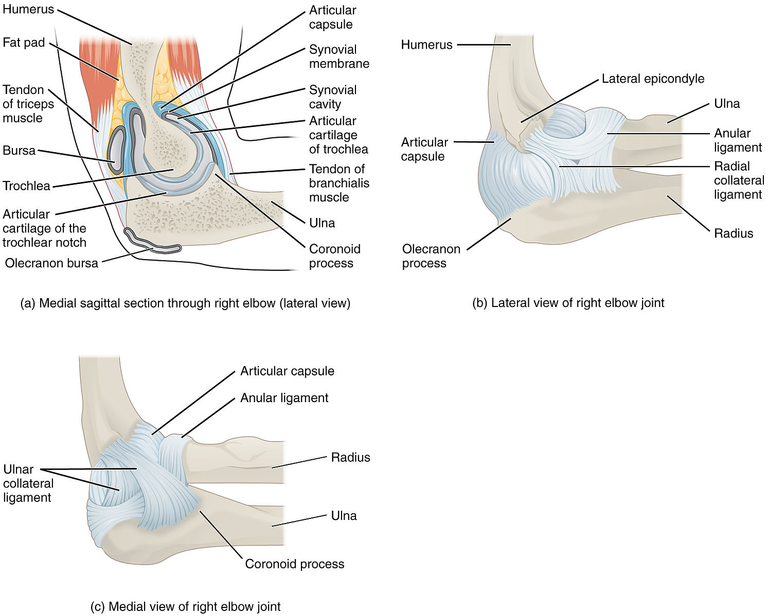
These epicondyles are not just attachment sites; they are also critical for the elbow joint's movement and stability. The muscles and ligaments attached here are essential for movements such as flexion and extension of the forearm and play a significant role in stabilizing the elbow joint during these motions.
Articulation with the Ulna and Radius
The trochlea is a spool-shaped structure on the medial side of the distal humerus that articulates with the ulna, while the capitulum, a rounded knob-like structure on the lateral side, articulates with the head of the radius.
Function in Elbow Joint Movement
These articulations allow for the hinge-like movements of the elbow joint, enabling flexion and extension. The capitulum also facilitates the rotational movement of the forearm, such as pronation and supination, by providing a smooth surface for the radial head to rotate against.
The distal humerus is integral to the elbow's function, providing the necessary structures for muscle attachment, joint movement, and stability. Its design reflects the complex interplay of forces and movements that our arms are capable of performing daily.
Arterial Supply to the Humerus

The humerus receives arterial blood primarily from the brachial artery, which runs alongside the bone. The profunda brachii artery also provides significant vascular supply, especially to the posterior aspect of the humerus. The anterior and posterior humeral circumflex arteries encircle the surgical neck of the humerus, supplying the shoulder joint and associated muscles.
Nerve Innervation of the Humerus and Associated Structures
The humerus and its surrounding structures are innervated by nerves originating from the brachial plexus. The axillary nerve innervates the deltoid and teres minor muscles and is situated proximally on the humerus. The radial nerve travels in the spiral groove from the posterior to the anterior part of the humerus, innervating the triceps brachii and extensor muscles of the forearm.
Clinical Significance
Common Fractures of the Humerus
Humerus fractures can occur at the proximal end, mid-shaft, or distal end. They are classified based on the location and pattern of the fracture, such as transverse, oblique, spiral, comminuted, and others. These fractures are often the result of trauma like falls or accidents.
Surgical Approaches to the Humerus
Several surgical approaches to the humerus are utilized depending on the location and type of fracture. These include the anterior approach, posterior approach, deltopectoral approach, and minimally invasive techniques for humeral nailing.
Rehabilitative Considerations for Humerus Injuries
Rehabilitation after humerus injuries focuses on restoring muscle strength, joint motion, and flexibility. It involves a gradual increase in activities and exercises prescribed by healthcare professionals to ensure proper healing and recovery
References
(1) Humerus: Anatomy and clinical notes | Kenhub. https://www.kenhub.com/en/library/anatomy/the-humerus.
(2) Posterior circumflex humeral artery: Course, supply | Kenhub. https://www.kenhub.com/en/library/anatomy/posterior-circumflex-humeral-artery.
(3) Blood Supply to the Humerus - Wheeless' Textbook of Orthopaedics. https://www.wheelessonline.com/joints/blood-supply-to-the-humerus/.
(4) Anterior humeral circumflex artery - Radiopaedia.org. https://radiopaedia.org/articles/anterior-humeral-circumflex-artery.
(5) Nerve Supply to the Upper Limb | Geeky Medics. https://geekymedics.com/nerve-supply-to-the-upper-limb/.
(6) Humerus Bone - Anatomy, Location, Function and FAQs - KnowYourBody.net. https://www.knowyourbody.net/humerus-bone.html.
(7) Humerus Fracture: Types, Symptoms & Treatment - Cleveland Clinic. https://my.clevelandclinic.org/health/diseases/22990-humerus-fracture.
(8) Humerus Fracture: Types, Causes, Treatment, and Healing Time - Healthline. https://www.healthline.com/health/humerus-fracture.
(9) Posterior Approach to Humerus - Approaches - Orthobullets. https://www.orthobullets.com/approaches/12067/posterior-approach-to-humerus.
(10) Proximal Humerus: Surgical Approaches | Musculoskeletal Key. https://musculoskeletalkey.com/proximal-humerus-surgical-approaches/.
(11) The Humerus - TeachMe Orthopedics. https://teachmeorthopedics.info/the-humerus/.
(12) Humerus Fracture (Upper Arm Fracture) | Johns Hopkins Medicine. https://www.hopkinsmedicine.org/health/conditions-and-diseases/humerus-fracture-upper-arm-fracture.
(13) Rehabilitation After Distal Humerus Fractures - Musculoskeletal Key. https://musculoskeletalkey.com/rehabilitation-after-distal-humerus-fractures/.
(14) Rehabilitation Protocol for Proximal Humeral Fracture Open Reduction .... https://www.massgeneral.org/assets/mgh/pdf/orthopaedics/sports-medicine/physical-therapy/rehabilitation-protocol-for-proximal-humeral-fracture-with-orif.pdf.
(15) Humerus: Anatomy, Function, and Treatment - Verywell Health. https://www.verywellhealth.com/humerus-anatomy-4628463.
(16) Deltoid Muscle - Attachments - Actions - TeachMeAnatomy. https://teachmeanatomy.info/encyclopaedia/d/deltoid/.
(17) Rehabilitation program of the shoulder - Physiopedia. https://www.physio-pedia.com/Rehabilitation_program_of_the_shoulder.
(18) Humerus Shaft Fracture Non-Operative Rehabilitation Protocol. https://tcomn.com/wp-content/uploads/2020/08/Ridley_Humerus-Shaft-Fracture-Non-Operative-Rehab-Protocol_11-2023.pdf.
(19) 5: The Forelimb | Veterian Key. https://veteriankey.com/5-the-forelimb/.
(20) All approaches to the humeral shaft - AO Foundation Surgery Reference. https://surgeryreference.aofoundation.org/orthopedic-trauma/adult-trauma/humeral-shaft/approach/all-approaches.
(21) Humerus – Definition, Location, Anatomy, Functions, and Diagram. https://www.theskeletalsystem.net/arm-bones/humerus.html.
(22) The Humerus: Anatomy and 3D Illustrations - Innerbody. https://www.innerbody.com/image_skelfov/skel19_new.html.
(23) Humerus – Anatomy QA. https://anatomyqa.com/humerus-anatomy/.
(24) Humerus - Physiopedia. https://www.physio-pedia.com/Humerus.
(25) Humerus: What Is It, Location, Function, Most Important Facts ... - Osmosis. https://www.osmosis.org/answers/humerus.
(26) Humerus: Anatomy, Function, and Treatment - Verywell Health. https://www.verywellhealth.com/humerus-anatomy-4628463.
(27) Humeral Shaft Fracture | Orthopaedic Trauma Association (OTA). https://ota.org/for-patients/find-info-body-part/3731.
(28) Blood Supply to the Humerus : Wheeless' Textbook of Orthopaedics. https://www.wheelessonline.com/joints/blood-supply-to-the-humerus/.
(30) Humerus Bone - Anatomy, Location, Function and FAQs - KnowYourBody.net. https://www.knowyourbody.net/humerus-bone.html.
(31) Greater tubercle of humerus: location, muscle attachments - Kenhub. https://www.kenhub.com/en/library/anatomy/greater-tubercle-of-humerus.
(32) 7.6A: Humerus (The Upper Arm) - Medicine LibreTexts. https://med.libretexts.org/Bookshelves/Anatomy_and_Physiology/Anatomy_and_Physiology_%28Boundless%29/7%3A_Skeletal_System_-Parts_of_the_Skeleton/7.6%3A_The_Upper_Limb/7.6A%3A__Humerus%28The_Upper_Arm%29.
(33) The Shoulder Joint - Structure - Movement - TeachMeAnatomy. https://teachmeanatomy.info/upper-limb/joints/shoulder/.
(34) 7.4: Shoulder Joint - Medicine LibreTexts. https://med.libretexts.org/Bookshelves/Anatomy_and_Physiology/Human_Anatomy_Laboratory_Manual_2021/07%3A_Joints/7.04%3A_Shoulder_Joint.
(35) 7.3: Shoulder Joint - Biology LibreTexts. https://bio.libretexts.org/Bookshelves/Human_Biology/Human_Anatomy_Lab/07%3A_Joints/7.03%3A_Shoulder_Joint.
(8) Glenoid cavity | anatomy | Britannica. https://www.britannica.com/science/glenoid-cavity.
(36) Humerus: Anatomy, Function, and Treatment - Verywell Health. https://www.verywellhealth.com/humerus-anatomy-4628463.
(37) Dynamic Stabilisers of the Shoulder Complex - Physiopedia. https://www.physio-pedia.com/Dynamic_Stabilisers_of_the_Shoulder_Complex.
(38) Humerus (Bone): Anatomy, Location & Function - Cleveland Clinic. https://my.clevelandclinic.org/health/body/24612-humerus.

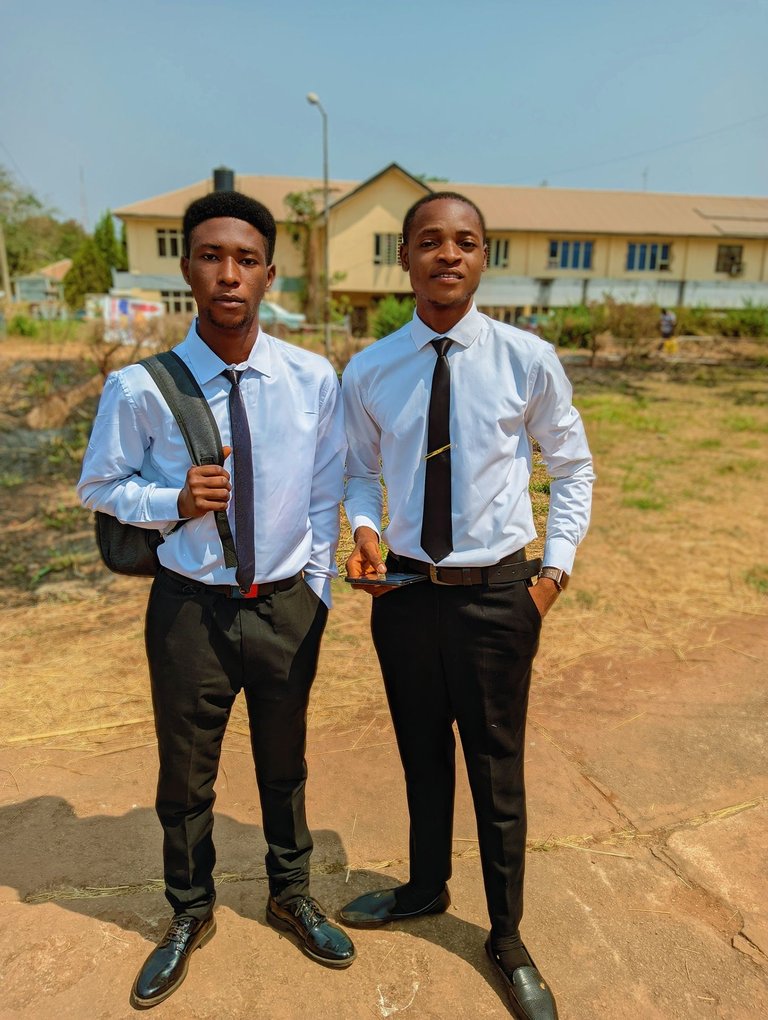

Great article! I never realized how fascinating the anatomy of the humerus bone could be. It's incredible to think about how such a seemingly simple bone plays such a crucial role in our ability to move and interact with the world around us. Thanks for breaking it down in such an understandable way!
I'm glad you found this article interesting. Yeah, the humerus is one of those important bones in the body that we cannot do without.
You're welcome friend
Thanks for your contribution to the STEMsocial community. Feel free to join us on discord to get to know the rest of us!
Please consider delegating to the @stemsocial account (85% of the curation rewards are returned).
You may also include @stemsocial as a beneficiary of the rewards of this post to get a stronger support.